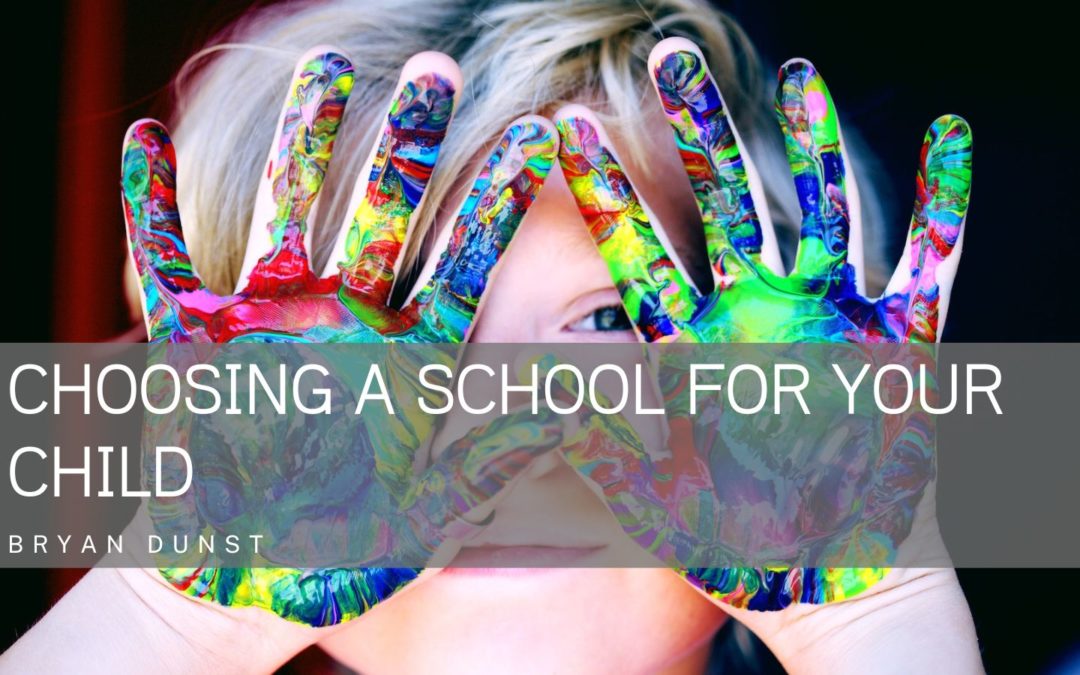Careful planning is essential whether you homeschool, pick a private or public school, or both. As you select a school for your child, remember to seek one that will make learning rewarding for you and your child.
Start by listing your top search criteria. If your child needs specialized educational or language assistance, put those at the top of your list. As you narrow down school options, update and alter your other items. Other factors to take into account are how your child learns. Ask yourself whether your child needs more structure, more challenging coursework, one-on-one tutoring, extra time to complete tasks, or a creative environment.
Instruction methods vary by school. If your child is more visual or prefers a hands-on approach, consider that. Some children learn better through listening or reading. Does your child embrace music or painting? Ensure there are classes in the curriculum to support those interests. Some children thrive in a collaborative setting, while others prefer to work alone.
When it comes to location, choose a site that fits your family’s schedule and comfort level, safety-wise. If your child is self-reliant and capable of riding the bus, then you’ll want to look for bus stops nearby. If you live in a neighborhood with same-age children who get along, your child might prefer attending a school with friendly faces. If you are interested in before- or after-school care within the school, assess the proximity to your home or workplace.
Once you decide on a potential contender, it’s time to do your due diligence. Consult your friends and neighbors who are familiar with the school, and research online using available tools. Websites like greatSchools and schoolResults can provide trustworthy information.
It would be best if you learned about the school’s policies and services in addition to its courses and philosophies. Parents may also consider the school’s after-school activities, such as extracurricular activities, clubs, tutoring, or academic enrichment. The 21st Century Community Learning Centers program of the U.S. Department of Education provides funding for after-school programs at some schools. These facilities offer educational activities that complement what is taught before and after school or during the summer vacation. You should also find out if the school provides free after-hours tutoring or other extra educational services as required by No Child Left Behind.
The topic of safety has become a primary concern for parents. Research how well the school handles bullying, harassment, cigarettes, alcohol, and drugs. Find out the exact policies in place to protect against violence.

